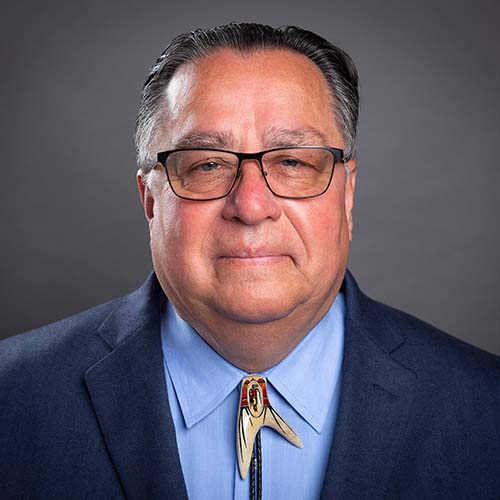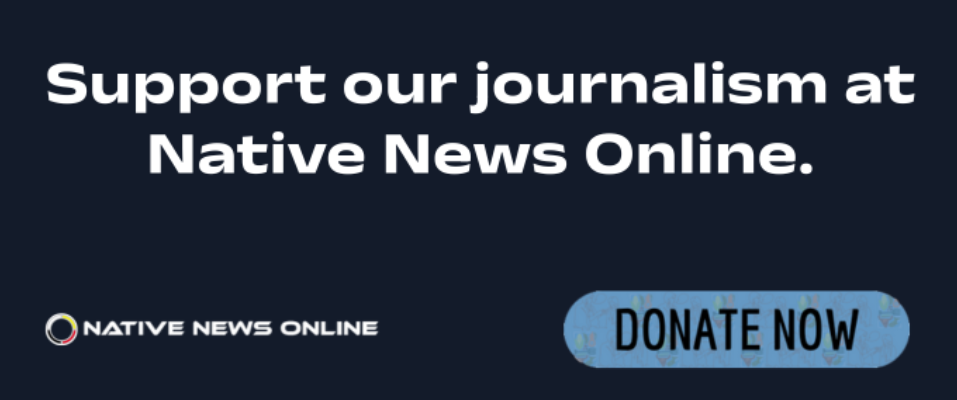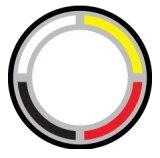
- Details
- By Native News Online Staff
The program is open to Oglala Lakota visual artists, writers, composers, choreographers, interdisciplinary artists, performance artists, and collaborative teams.
Launched in 2023, the program is designed to support Oglala Lakota culture bearers and artists working in the continuum of Lakota art, historically, traditionally, and contemporarily, to develop their practice and build collaborations with local artists and the community.
Residencies are available for two to six weeks and include living accommodations, a food stipend, a workspace, a material stipend, transportation to and from the residency space, and uninterrupted time to concentrate on creative practice.
Last year's artist-in-residences included watercolor artist Arthur Shortbull; ceramics, spoken word, and rap artist Lakota Kikyo; artist and culture worker Nathaniel Ruleaux; writer Leah Altman; and language and culture teacher William Underbaggage.
More Stories Like This
Two Indigenous Group Exhibits Opening January 9, 2026 at WatermarkWatermark Art Center to Host “Minwaajimowinan — Good Stories” Exhibition
Museums Alaska Awards More Than $200,000 to 12 Cultural Organizations Statewide
Zuni Youth Enrichment Project Takes Top Emerging Artist Apprentices to Phoenix for Artistic Exploration and Cultural Immersion
From Dishwasher to Award-Winning Chef: Laguna Pueblo's Josh Aragon Serves Up Albuquerque's Best Green Chile Stew
Help us defend tribal sovereignty.
At Native News Online, our mission is rooted in telling the stories that strengthen sovereignty and uplift Indigenous voices — not just at year’s end, but every single day.
Because of your generosity last year, we were able to keep our reporters on the ground in tribal communities, at national gatherings and in the halls of Congress — covering the issues that matter most to Indian Country: sovereignty, culture, education, health and economic opportunity.
That support sustained us through a tough year in 2025. Now, as we look to the year ahead, we need your help right now to ensure warrior journalism remains strong — reporting that defends tribal sovereignty, amplifies Native truth, and holds power accountable.
 The stakes couldn't be higher. Your support keeps Native voices heard, Native stories told and Native sovereignty defended.
The stakes couldn't be higher. Your support keeps Native voices heard, Native stories told and Native sovereignty defended.
Stand with Warrior Journalism today.
Levi Rickert (Potawatomi), Editor & Publisher


